Description
One pound of worms contains approximately 600 to 800 Red Wigglers. Red Worms not only consume organic waste at an incredible rate (1/2 of their body weight each day), they also leave behind natures ultimate plant growth enhancer…castings. Red Worms enrich the nutrient content of whatever they consume as well as condition this organic matter to a fine soil amendment that resists leaching and packing while the time released nutrients are easily absorbed by plants.  Other interesting things about Red Worms are:
Other interesting things about Red Worms are:
- Red Wiggler Worms respire (“breathe”) by absorbing oxygen through their body surface into the body and sending carbon dioxide out. The oxygen dissolves in the mucous on the body surface and then passes into the highly branched capillary blood vessels in the body wall where it is picked up by the respiratory pigment and transported to the internal organs.
- Red Worms may survive for considerable lengths of time in water if the dissolved oxygen level is high enough.
- Red Worms cannot maintain a steady body temperature like humans or dogs or cattle.This means their respiration rate rises with increasing temperature. Increasing respiration rates mean increased metabolic rates which means increased energy requirements which means increased feeding rates by worms or food must be “stolen” from reserves in the worms’ own body tissues. The reverse is true for decreasing temperatures.
- Red Worms derive their nutrition from organic matter in a wide variety of forms. So far plant matter (various forms, fresh-decayed), protozoans, rotifers, nematodes, bacteria, fungi and decomposing remains of other animals are known to be worm food.
- For the manure worm, Eisenia foetida, there is strong evidence that protozoans form the basis of their diet. If this is true, it means successful culture requires that protozoan populations be high in the “food medium” whether that “food medium” be shredded paper, manure or waste foods.
- Excretion of metabolic products (wastes of digestion, growth and death of cells) is accomplished through the nephridia (similar function to kidneys) and through the gut.
- Blood circulates by flowing forward along the dorsal collecting vessel into pulsating hearts where it is pumped down to the ventral vessels where it is pumped forward to the head and backward to all parts of the body.

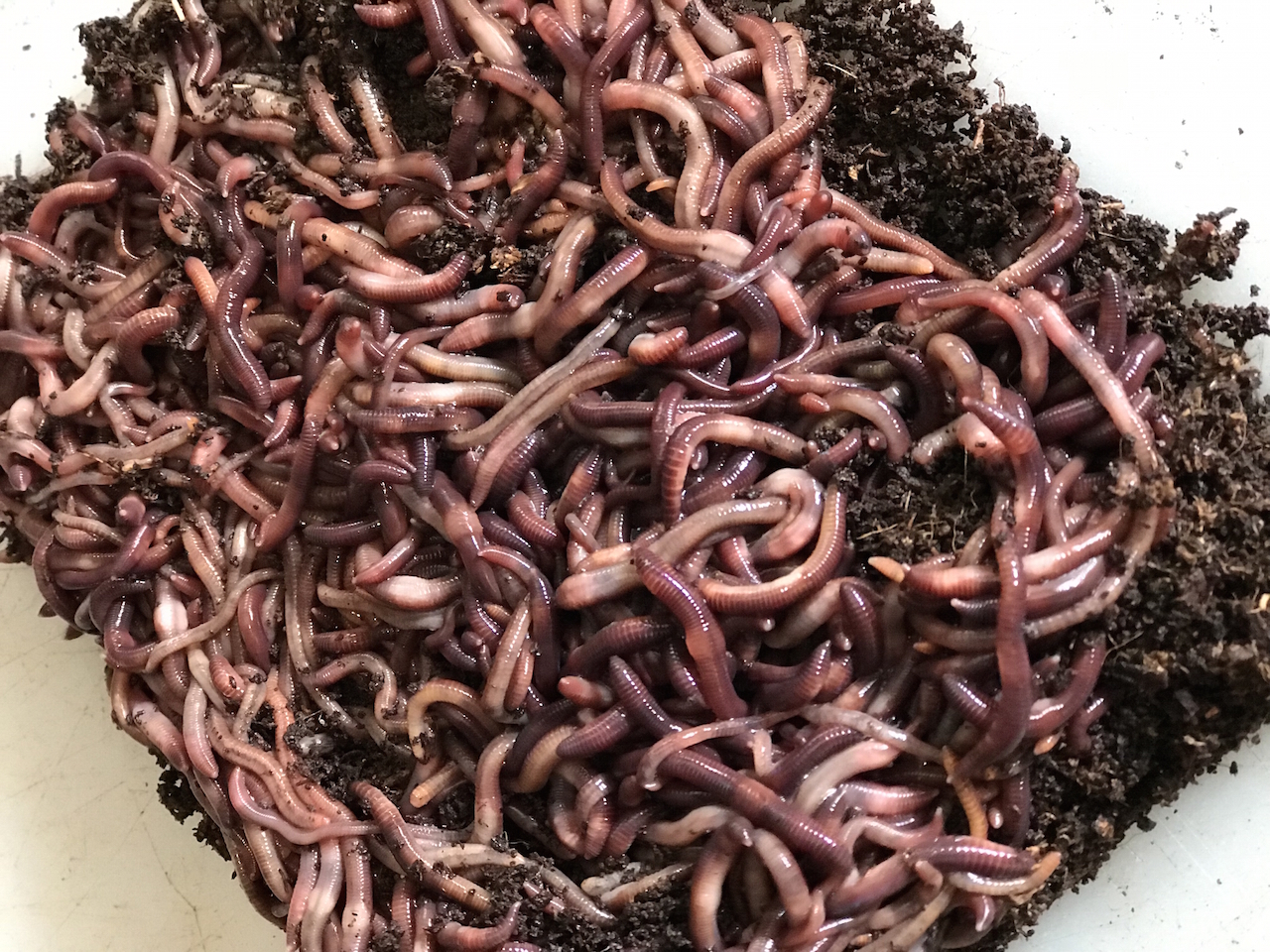
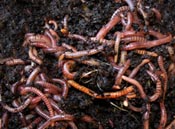

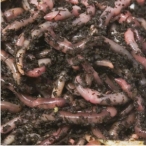
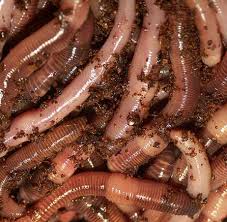

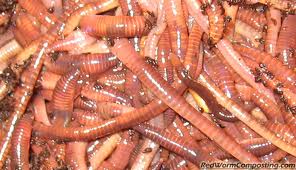


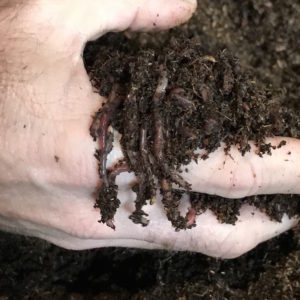
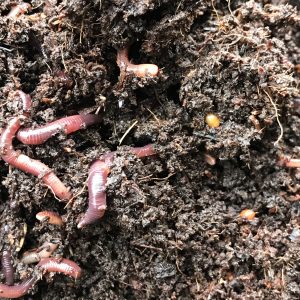
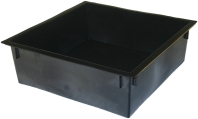
Reviews
There are no reviews yet.